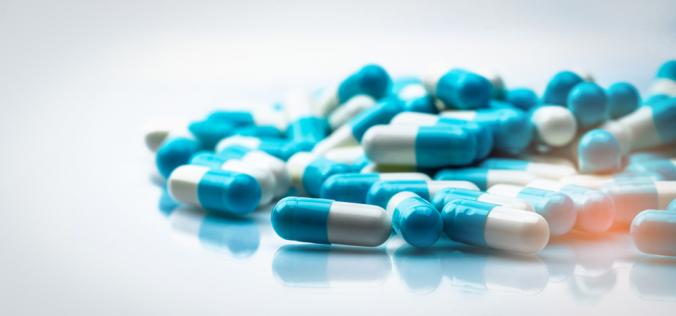In 2020, there were approximately 8 billion people living around the world, and it’s been growing ever since so is prescribed medical drugs. Picture how many medications were prescribed before the pandemic, and how many are prescribed now. According to SingleCare, more than 4 billion medications are dispensed per year in the United States alone. In comparison, about $2.8 billion worth of medications are wasted each year, says Statnews. What happens to all of this trashed medication and who takes care of it? Here are some steps to deal with Unused Medical Drugs. Medication Disposal Given how big of an issue improper drug disposal is, we’ll need to review the basics in order to fully understand the problem. Here we’ll cover forms of medication, what medication types are hazardous, and why it is important to dispose of them safely. Medications are not limited to pills, in fact, they come in many forms such as tablets, capsules, creams, liquids, and patches. These prescriptions are meant to “prevent, diagnose, treat, or relieve symptoms” says the National Cancer Institute. The most commonly prescribed medications in the United States are Atorvastatin (for cholesterol), Amoxicillin (antibiotic), and Lisinopril (for blood pressure). Hundreds of pounds of expired or unused medications are improperly disposed of every year. The effects are detrimental to our ecosystem and community, so how do we fix this?
-
- Categories
- Architecture
- Art
- Cars & Motorcycles
- Design
- DIY & Crafts
- Education
- Film, Music & Books
- Fitness
- Food & Drink
- Gardening
- Geek
- Hair & Beauty
- History
- Holidays & Events
- Home Decor
- Humor
- Kids
- Women's Fashion
- Men's Fashion
- Leisure & Outdoors
- People
- Photography
- Products
- Science & Nature
- Sports
- Technology
- Travel & Places
- Weddings
- Other
- Property
- Animal
- Celebrities
- Health & Fitness
- Illustrations & Posters
- Quotes
- Services
- Renovation
- Home Building
- Business
- Toys
- New
- Popular
- Gifts
- Videos
- Help / Contact Us
- Terms & Privacy
- What is InterestPin


